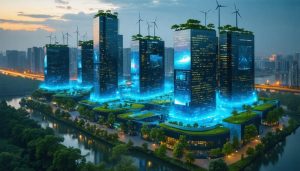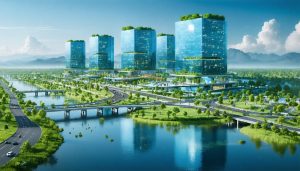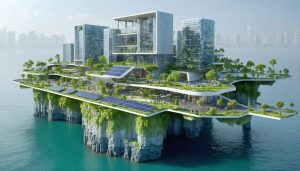
How New HVAC Building Codes Are Reshaping Climate-Resilient Construction
HVAC building codes represent the critical intersection of engineering precision, public safety, and environmental responsibility in modern construction. As climate change intensifies and energy efficiency becomes paramount, these regulations have evolved from simple ventilation requirements into comprehensive frameworks that shape the future of sustainable building design.
Recent updates to international building codes mandate up to 30% higher energy efficiency standards for HVAC systems, while introducing stringent requirements for smart building controls and renewable energy integration. These changes directly impact how …









